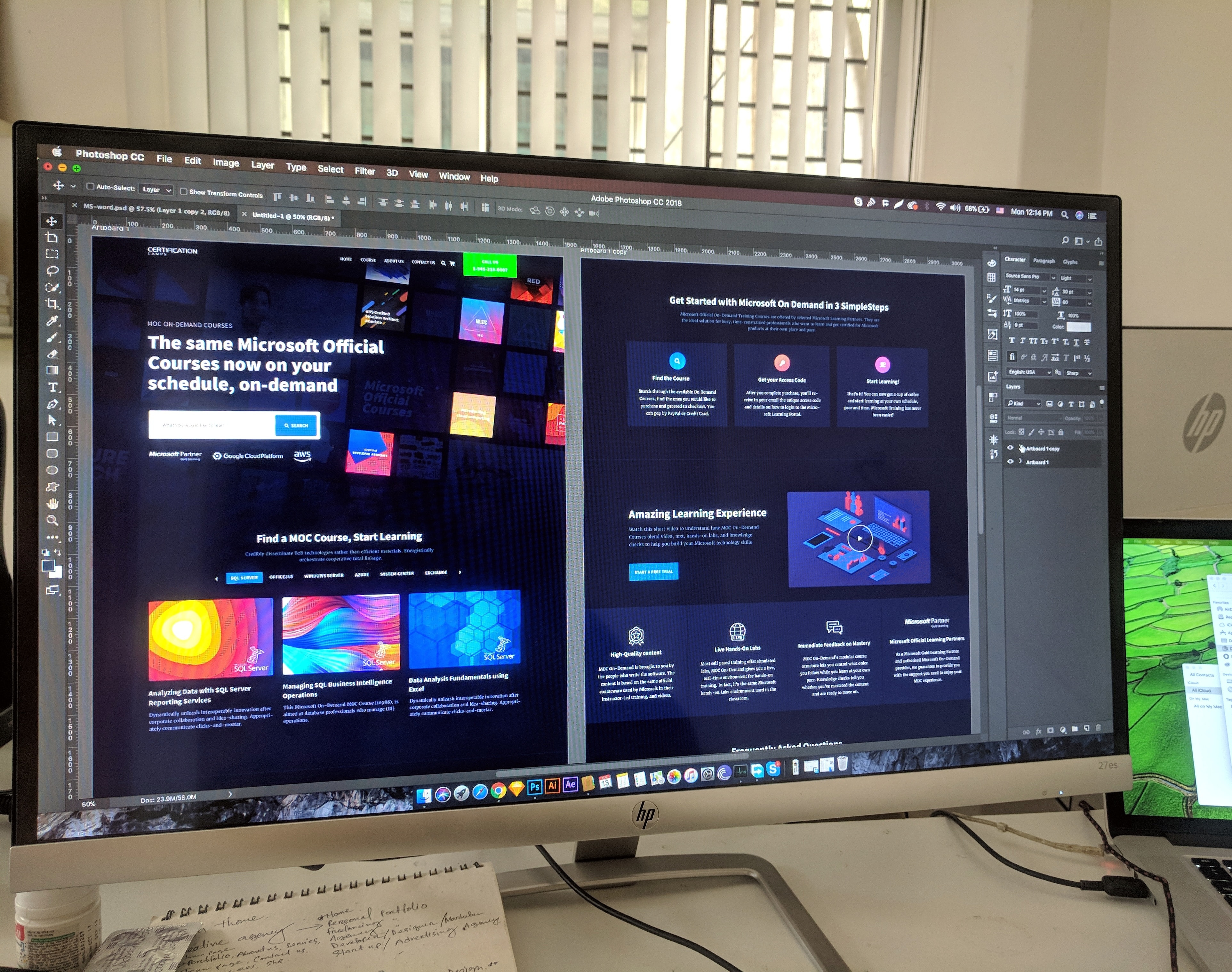From Sketch to Screen: A Designer's Guide to UI Perfection
Designing user interfaces (UI) that captivate and engage users requires a meticulous process that starts from conceptualization and ends with polished, functional designs. This guide explores the journey from initial sketches to the final screen, offering insights and best practices for achieving UI perfection.
Understanding UI Design
User interface design focuses on creating intuitive, visually appealing interfaces that facilitate user interactions with digital products or services. Effective UI design enhances usability, navigation, and overall user experience (UX), fostering engagement and satisfaction. Here’s a step-by-step approach to achieving UI perfection:
1. Research and Conceptualization
Successful UI design begins with thorough research and conceptualization:
User Research: Understand user behaviors, needs, and preferences through surveys, interviews, and usability tests.
Competitor Analysis: Analyze competitors' UI/UX designs to identify strengths, weaknesses, and opportunities for differentiation.
Define Goals: Clarify project objectives, target audience demographics, and desired user actions to guide design decisions.
2. Sketching and Wireframing
Translate ideas into visual concepts through sketching and wireframing:
Sketching: Use pen and paper or digital tools to sketch layout ideas, user flows, and interface elements.
Wireframing: Create low-fidelity wireframes to outline content hierarchy, navigation paths, and basic functionality. Focus on structure and user flow without delving into visual design details.
3. Prototyping and Iteration
Develop interactive prototypes to simulate user interactions and refine design elements:
Prototyping Tools: Utilize prototyping tools like Sketch, Adobe XD, or Figma to create clickable prototypes.
User Testing: Conduct usability testing with prototypes to gather feedback on navigation, functionality, and user experience. Iterate designs based on user insights and recommendations.
4. Visual Design and UI Elements
Craft visual designs that align with brand identity and user preferences:
Typography: Select fonts that enhance readability and convey brand personality.
Color Palette: Choose colors that evoke desired emotions and ensure accessibility.
Icons and Graphics: Design custom icons and graphics that aid navigation and visual hierarchy.
5. Responsive Design and Accessibility
Ensure UI designs are responsive and accessible across devices and user needs:
Responsive Layouts: Adapt designs for different screen sizes and orientations using responsive design principles.
Accessibility Standards: Comply with accessibility guidelines (such as WCAG) to accommodate users with disabilities. Use semantic HTML, alt text for images, and focus states for interactive elements.
6. Feedback and Iteration
Seek feedback from stakeholders, developers, and end users to refine UI designs:
Collaboration: Collaborate closely with developers to ensure design feasibility and implementation.
Iterative Refinement: Continuously iterate based on feedback and usability testing results to improve usability and address any usability issues.
7. UI Animation and Microinteractions
Enhance user experience with subtle animations and microinteractions:
Animations: Use animations to provide feedback, guide user interactions, and create visual interest.
Microinteractions: Incorporate microinteractions (such as button animations or loading indicators) to enhance usability and delight users.
Achieving UI Perfection
Achieving UI perfection requires attention to detail, empathy for users, and collaboration across disciplines. By following a structured design process—from research and wireframing to prototyping and iterative refinement—designers can create intuitive, visually appealing interfaces that elevate user experiences and drive engagement. Continual learning, staying updated with design trends, and embracing user feedback are key to evolving UI design skills and delivering exceptional digital experiences. As technology evolves and user expectations shift, UI designers play a crucial role in shaping the future of digital interactions and interface aesthetics.

